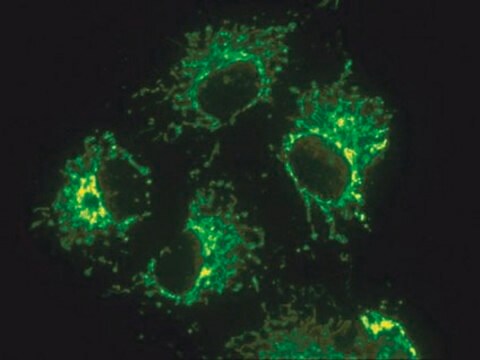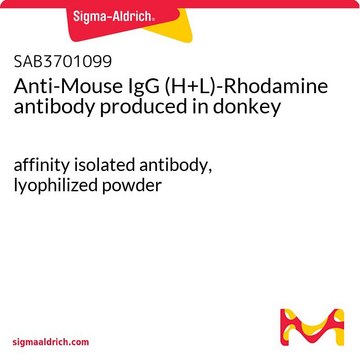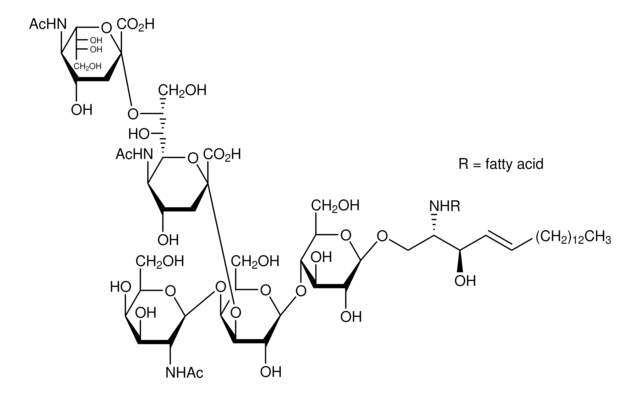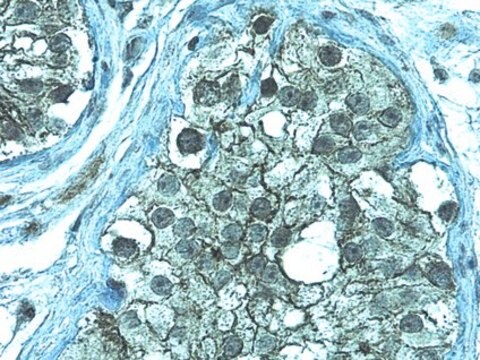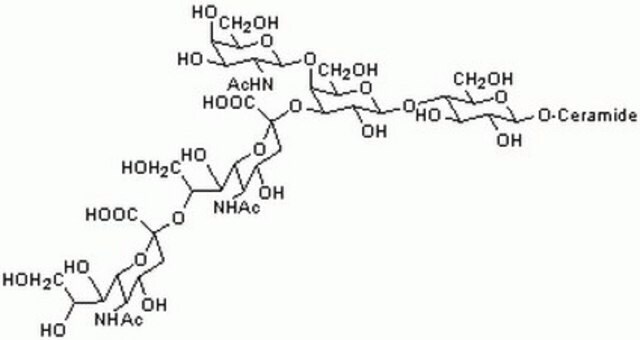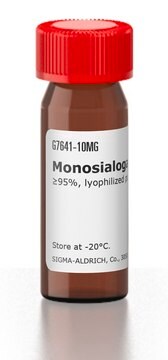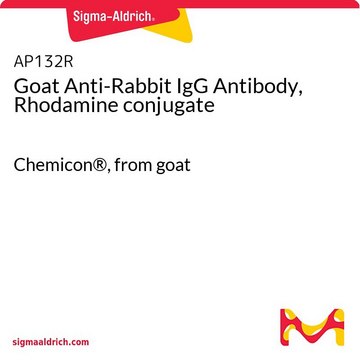AP192R
Osioł Przeciwciało anty-Mysie IgG, koniugat rodaminy, adsorbowany gatunek
Chemicon®, from donkey
About This Item
Polecane produkty
pochodzenie biologiczne
donkey
Poziom jakości
białko sprzężone
TRITC conjugate
rhodamine conjugate
forma przeciwciała
affinity purified immunoglobulin
rodzaj przeciwciała
secondary antibodies
klon
polyclonal
reaktywność gatunkowa
mouse
producent / nazwa handlowa
Chemicon®
metody
immunofluorescence: suitable
Warunki transportu
wet ice
docelowa modyfikacja potranslacyjna
unmodified
Opis ogólny
Specyficzność
DŁUGOŚĆ FALI:
Pik absorpcji = 550 nm, pik emisji = 570 nm.
Zastosowanie
Optymalne rozcieńczenia robocze muszą być określone przez użytkownika końcowego.
Secondary & Control Antibodies
Secondary Antibodies Adsorbed for Dual Labeling
Postać fizyczna
REKONSTYTUCJA:
Rozpuścić w 500 μl sterylnej wody destylowanej.
RODAMINA/BIAŁKO:
Około 0,40 (A550/A280).
Przechowywanie i stabilność
Informacje prawne
Oświadczenie o zrzeczeniu się odpowiedzialności
Nie możesz znaleźć właściwego produktu?
Wypróbuj nasz Narzędzie selektora produktów.
Zwroty wskazujące rodzaj zagrożenia
Zwroty wskazujące środki ostrożności
Klasyfikacja zagrożeń
Aquatic Chronic 3
Kod klasy składowania
11 - Combustible Solids
Klasa zagrożenia wodnego (WGK)
WGK 3
Certyfikaty analizy (CoA)
Poszukaj Certyfikaty analizy (CoA), wpisując numer partii/serii produktów. Numery serii i partii można znaleźć na etykiecie produktu po słowach „seria” lub „partia”.
Masz już ten produkt?
Dokumenty związane z niedawno zakupionymi produktami zostały zamieszczone w Bibliotece dokumentów.
Nasz zespół naukowców ma doświadczenie we wszystkich obszarach badań, w tym w naukach przyrodniczych, materiałoznawstwie, syntezie chemicznej, chromatografii, analityce i wielu innych dziedzinach.
Skontaktuj się z zespołem ds. pomocy technicznej
